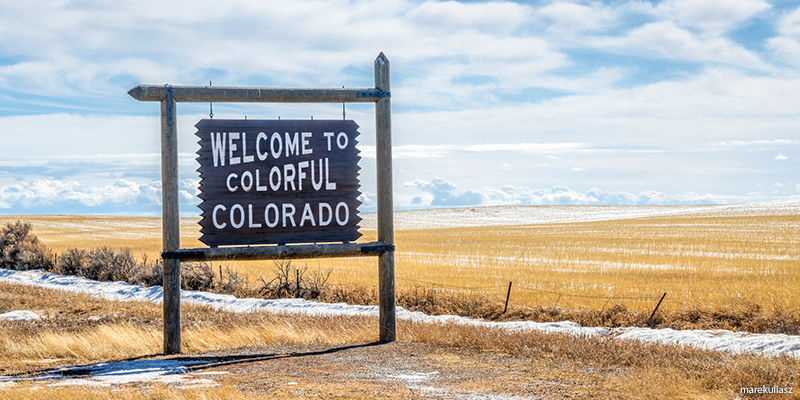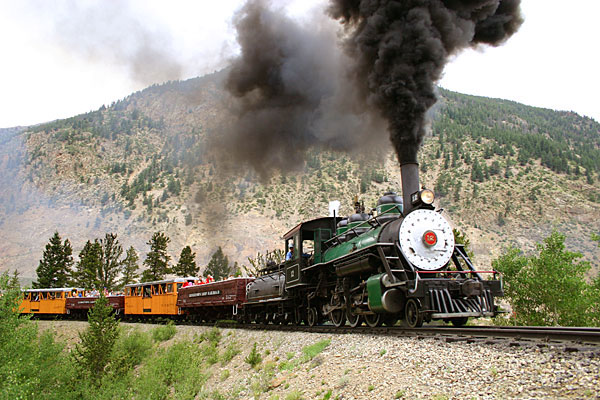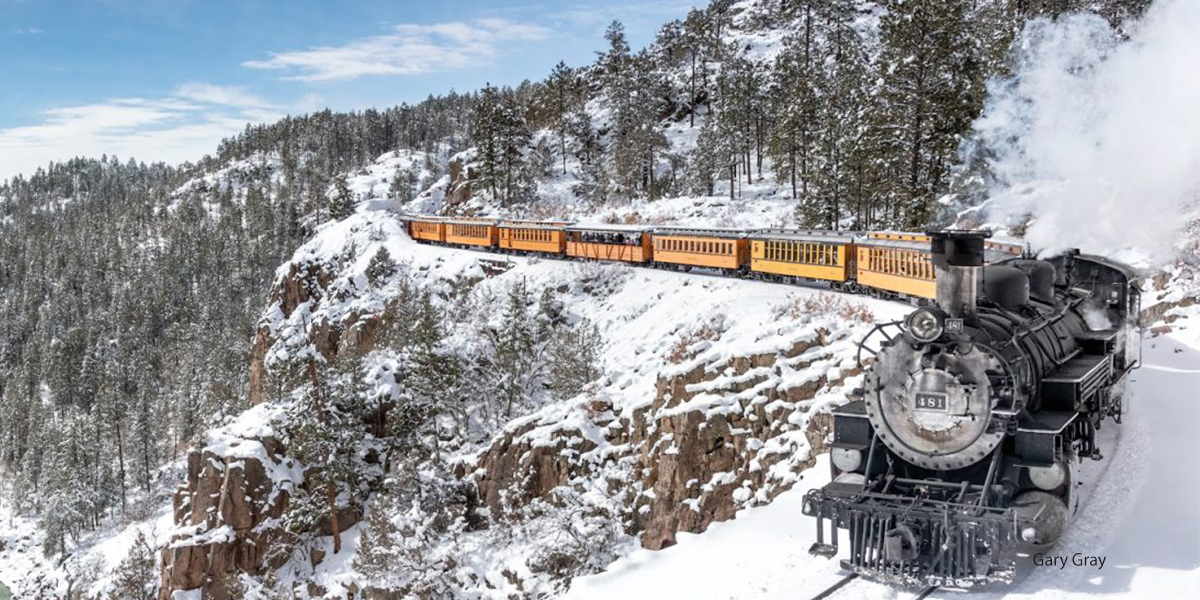Getting Around: Winter Transportation in Colorado
Colorado is beautiful no matter the season, but it’s no secret that our winters are pretty legendary. Winter in Colorado runs the gamut from impossibly blue skies to dumping multiple feet of snow on the slopes in a matter of hours, both of which have their benefits when it comes to skiing, snowboarding, snowmobiling, snowshoeing, and the wide variety of other winter sports that are popular in Colorado. Both visitors and locals love to get in on the fun, but it does generally require a lot of winter transportation to get from Point A to Point B. Winter driving in Colorado can be a breeze if you’re lucky, but our unpredictable weather and unique terrain mean it can also be a challenge if you’re not prepared. Follow these tips to be sure you’re ready for whatever Colorado’s roads have to throw at you. As always in the Centennial State, adventure awaits.
Ski Traffic
If you have the option to be flexible on your drive, check the weather! On the sunny, blue-skied, clear days of winter, driving in Colorado should be a breeze… so long as you don’t run into traffic. Ski traffic on I-70 is serious though, so if you’re trying to hit the slopes or get into the mountains, especially on weekends and holidays, be prepared to sit bumper to bumper. As a general rule, leave as early as possible, make sure you have all-season or snow tires on your vehicle, and if you’re taking a day trip, keep in mind that the drive home might have just as much—if not more—traffic.
Driving in a Snow Storm
Those good days are what we all hope for, but if you’re going to spend any amount of time driving in Colorado during the winter. Chances are you’re going to run into the challenges of winter transportation, snow storms! When a winter storm hits, the Colorado Department of Transportation (CDOT) may implement Traction Law. Traction Law requires drivers to have at least 3/16” tread on their tires as well as 4WD/AWD, chains, or a special manufacturer rating on their tires to legally drive on the road. During especially severe conditions, CDOT can implement Chain Law, in which every motorist must have chains or an AutoSock to be on the road. And what happens after Chain Law, you ask? Well, when the roads get really bad, we shut ‘em down completely. Be sure to check the CDOT webcams of Colorado’s major passes road conditions. On I-70 in particular, Eisenhower Tunnel and Vail Pass are dangerous areas of the road that often get closed when the weather gets bad and the roads get slippery. If you’re stuck on the road during this time, you could try to seek an alternate route, but that might be just as, if not more, dangerous, and could add miles and hours on to your trip.

Prepare for the Worst
Nobody wants to end up stuck in a snowbank, or stranded in a strange place when a storm, rockslide, or avalanche makes a road impassable. And chances are, it might not happen to you. But what if it does? Just as the Boy Scouts—and Scar from The Lion King, for that matter—have been telling us for ages, it’s best to be prepared, and when it comes to winter driving, there are a few things you can do to help make a miserable situation a little less miserable.
It’s incredibly simple to put together a roadside emergency kit in the trunk of your car, and as long as you make a point of replenishing it periodically, one day it might come in handy. Grab a plastic bin or a canvas bag and fill it with warm clothes, a blanket or sleeping bag, a flashlight, some bottled water, and food (granola bars or energy bars are a great option that will stay fresh for a long time). Other things you might need in an emergency winter scenario are a first aid kit, an ice scraper, a small shovel, a small tool kit, jumper cables, roadside flares, a towing strap, or a solar battery charger. As a general rule, when you’re driving in the winter, always be prepared to stay overnight if you need to, because delaying your travel for a night is much safer than the uncertainty of heading onto the roads in dangerous conditions, especially when closures mean you’d need to find a longer alternative route.

Getting Around When You Don’t Have a Car
Maybe you’re visiting from out of state, or your car broke down, or you live in the city and don’t have your own ride, or you just hate sitting behind the wheel in traffic—whatever your reasons, there are still a plethora of options at your disposal when it comes to getting where you need to go. Out-of-state travelers can get to Colorado via Denver International Airport (DIA), which is the cheapest and largest airport in Colorado, but if you’re going anywhere but the Front Range, you’ll still have to get to your final destination. There are also other airports in Colorado, like in Aspen, Eagle, Grand Junction, Montrose, and Colorado Springs, but these flights tend to be more expensive and sometimes, depending on the location, a little less reliable.
If you’re trying to travel locally, like within a town or city, check out the local bus or light rail systems. The town of Vail, for example, has one of the largest free bus systems in the US, and many other ski towns, like Winter Park, Aspen, Telluride, Steamboat Springs, and Summit County, offer free buses and shuttles in and around town. Bigger cities like Denver and Colorado Springs have their own transportation systems to get you to your destination.
When it comes to longer trips within the state, you’re also covered. If you’re flying into DIA, you can take the train to Union Station in downtown Denver, where you’ll find connections to Amtrak trains, Greyhound buses, and Colorado’s Bustang system, which provides transportation between the bigger cities in Colorado, as well as their new Snowstang bus, which gives riders a direct lift between Denver and a few major ski resorts. For a private, more personally tailored travel option, there’s also the Summit Express, a private or shared shuttle that can get you and up to 13 other passengers to and from the airport and Summit County, or anywhere in the state. Summit Express offers convenient schedules for shared rides, but can also be booked to suit your exact needs.
Hit the Road
Winter weather can be scary, but it’s no reason to avoid getting out there and seeing what winter in Colorado is all about. By following these tips, and planning ahead to make sure your trip is safe and accessible, you’ll have a great time exploring the world of winter sports, breathtaking mountain views, fun local businesses, and great people of Colorado, whether by plane, train, or automobile.
by Emily Krempholtz






